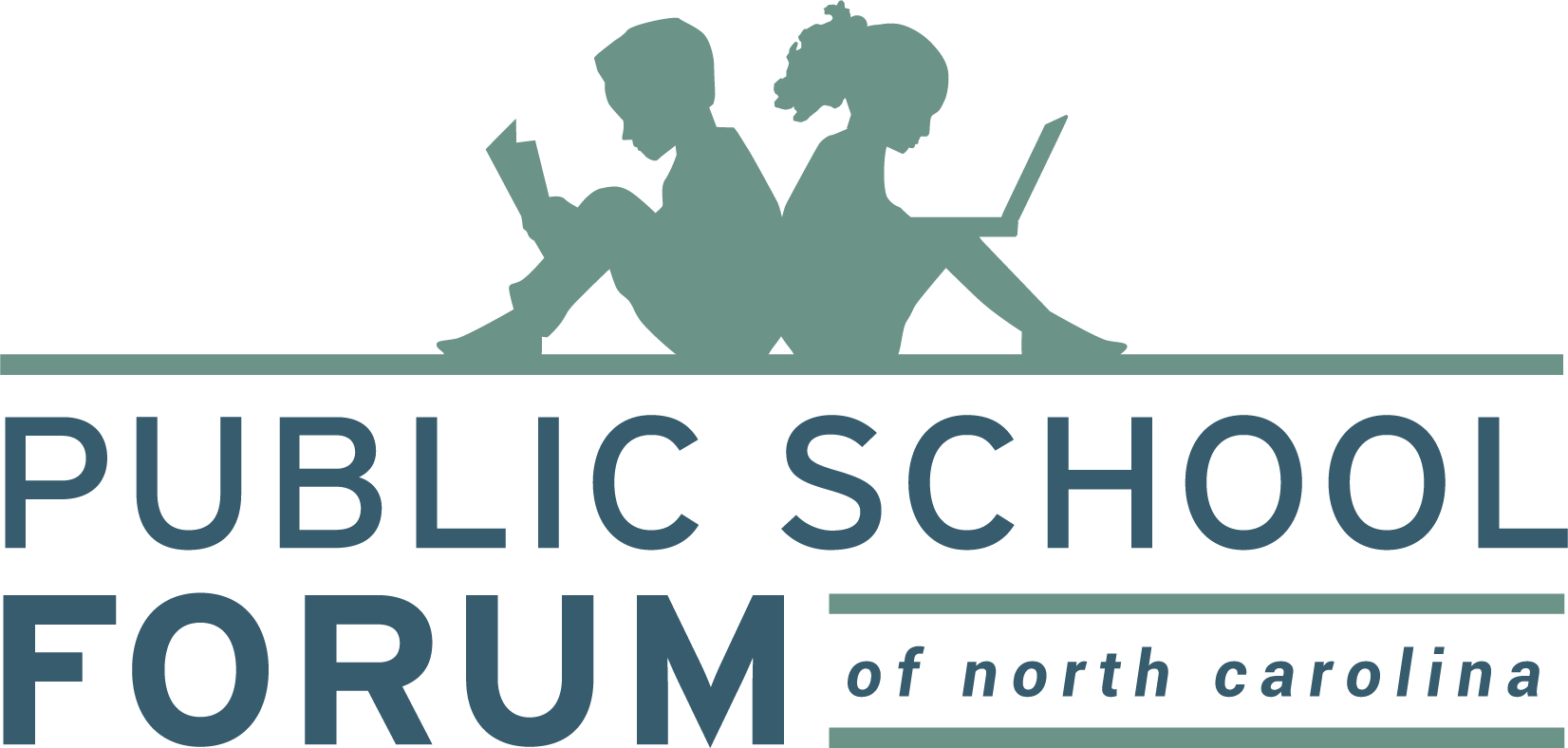It’s no secret that well-prepared, effective teachers are invaluable in the classroom. Research shows us that teachers are the number one school-related factor that impacts student outcomes. You have probably heard about the rise in teacher and staff vacancies across North Carolina and the challenges we are facing with recruiting and retaining a highly qualified, well-prepared, and diverse teaching workforce. There are many factors contributing to this shortage, and it is important to note that the shortage and decrease in the teacher pipeline did not begin with the pandemic. This makes the ways in which we recruit and retain teachers more important than ever.
One aspect of becoming a teacher is earning a license – in the state in which you will teach. Over the past year, the Professional Educator Preparation and Standards Commission (PEPSC), an advising body of the State Board of Education, has worked to develop a new teacher licensure system for NC in the form of the North Carolina Pathways to Excellence for Teaching Professionals draft model. This draft model, if implemented, would impact how North Carolina teachers are licensed, evaluated, and paid, and has garnered much interest from North Carolina’s education community. This model has several components that are different from the state’s current licensure system, including an apprenticeship option, new entry points for the profession, peer review and mentoring responsibilities for master teachers, and advanced teaching roles.
Over the summer, the Public School Forum of NC hosted seven focus groups with school and district leaders, school board members, and Educator Preparation Programs to gather their input on the proposed plan. Well over 120 participants from nearly 60 counties and 15 Colleges and Universities shared things what they liked about the plan- including increases in teacher pay, the apprenticeship option, the advanced teaching roles, and the potential for multiple measures of teacher effectiveness.
They also shared challenges and concerns they had about the plan- including the complexity of the model, the additional workload for district and school leaders and more experienced teachers, and concerns about some of the proposed metrics that could be used for teacher licensure in the future.
They were asked how they would address these challenges and concerns in a revised version of the draft and suggested a simpler approach, piloting of the model, compensation increases separate from licensure, additional pay for teachers taking on additional responsibilities like peer observations, and human resources at the school, district, and Educator Preparation programs to support the new system.
What was clear from all of these perspectives is that for any licensure and compensation model to be successful, a vital component must be respect for teachers and the teaching profession. Respect for teachers’ time and expertise was a clear non-negotiable.
So, we ask ourselves, what does that respect look like? According to education stakeholders we spoke with, a key element is offering opportunities for career advancement while enabling teachers to remain in the classroom. Demonstrating respect to our educators also requires being mindful of their time. Teaching encompasses many different roles and responsibilities beyond instruction, and it is important that we maintain realistic expectations for teachers and provide space for their capacity to plan, teach, and mentor peers.
While different from licensure itself, the draft Model also incorporates compensation changes primarily based upon a competency-based model. With North Carolina falling from ranking 33rd in teacher pay nationally in the 2019-20 school year to 38th in 2020-21, it is clear that compensation for educators in NC is well below the national average – by over $10,000. Beginning teacher pay in NC is only $37,000. Compensation is one of many factors that may influence whether someone becomes a teacher and whether they stay in the field.
In order to recruit and retain talented teachers, we have to prioritize creating a teacher workforce that does not feel overworked and undervalued. To foster this environment, equity must also be a priority in demonstrating respect for educators. As we look at the draft licensure and compensation Model, we must consider how this can support the oftentimes overlooked smaller and rural districts, as well as our larger suburban and urban ones. We also cannot ignore the significant resources needed at the school, district, state, and educator preparation programs to implement a Model like this with fidelity.
As the State Board of Education, PEPSC, and ultimately the General Assembly move forward, we urge each to take these points– along with the many others brought up by the education community– into account when considering the new teacher licensure pathways model. We have what can be an exciting opportunity here to both improve our state’s teacher pipeline and teacher retention rate, and we encourage the ongoing collaboration with educators to make these improvements.
We certainly appreciate the efforts made to garner input and hope that they will continue. We hear again and again from teachers directly and through research that educators want respect for their time, their experience, and their expertise. This includes adequate pay and a deep appreciation for the complex work of teaching. At the end of the day, our teachers are the number one school related factor that impacts student outcomes; and we need to show them that we deeply understand the important role they play.
Thank you for taking time with us to learn and think about education. That’s all for today, and we’ll see you next week.

Leave a Reply